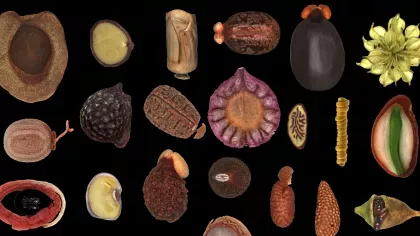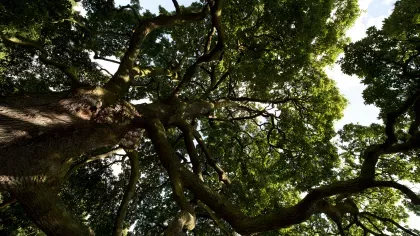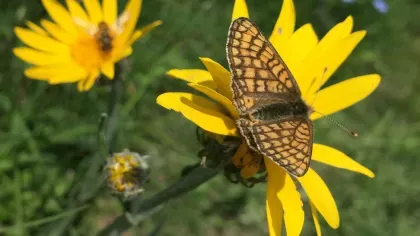29 November 2019
Pollen not to be sneezed at
Pollen preservation can play a vital role in conserving endangered plants whose seeds are hard to store. Scientists at Kew, in collaboration with diverse international partners, are working hard to make this a reality for more species through comparative biology and fundamental research.

Pollen - the fine powdery substance, typically yellow and produced by the male part of a flower - has long been used in horticulture, agriculture and forestry to breed everything from improved varieties of fruits, vegetables and cereals to enhanced tree health.
But pollen preservation is also an important, although under-appreciated, tool in conserving the biodiversity of wild plant species threatened by climate change, habitat destruction and disease.
Working out the best way to store pollen, however, is not easy. The Comparative Seed Biology team of Kew’s Comparative Plant and Fungal Biology department is leading several research projects that aim to understand the basis and evolution of pollen’s tolerance to desiccation and low temperatures, with the goal of maximizing pollen’s long term cold storage.
Why pollen is important for conservation?
Just as sperm provides a source of genetic diversity in animals, frozen pollen is a potentially invaluable resource in botany. Pollen collection can capture genes of interest and enable assisted reproduction, generating new genetic combinations in the seeds produced.
This is hugely important when dealing with plant populations from which seeds are unavailable or are hard to store.
A good example is trees that produce seeds that are recalcitrant - meaning sensitive to desiccation - such as oaks, chestnuts, and horse chestnuts.
Whilst such seeds cannot be stored dry in conventional seed banks such as Kew’s Millennium Seed Bank, it is important to know if the pollen from these trees tolerates drying and preservation, ideally at liquid nitrogen temperatures.
If so, we have the basis of a complementary strategy for the ex situ conservation of these species. Well, at least the fathers!

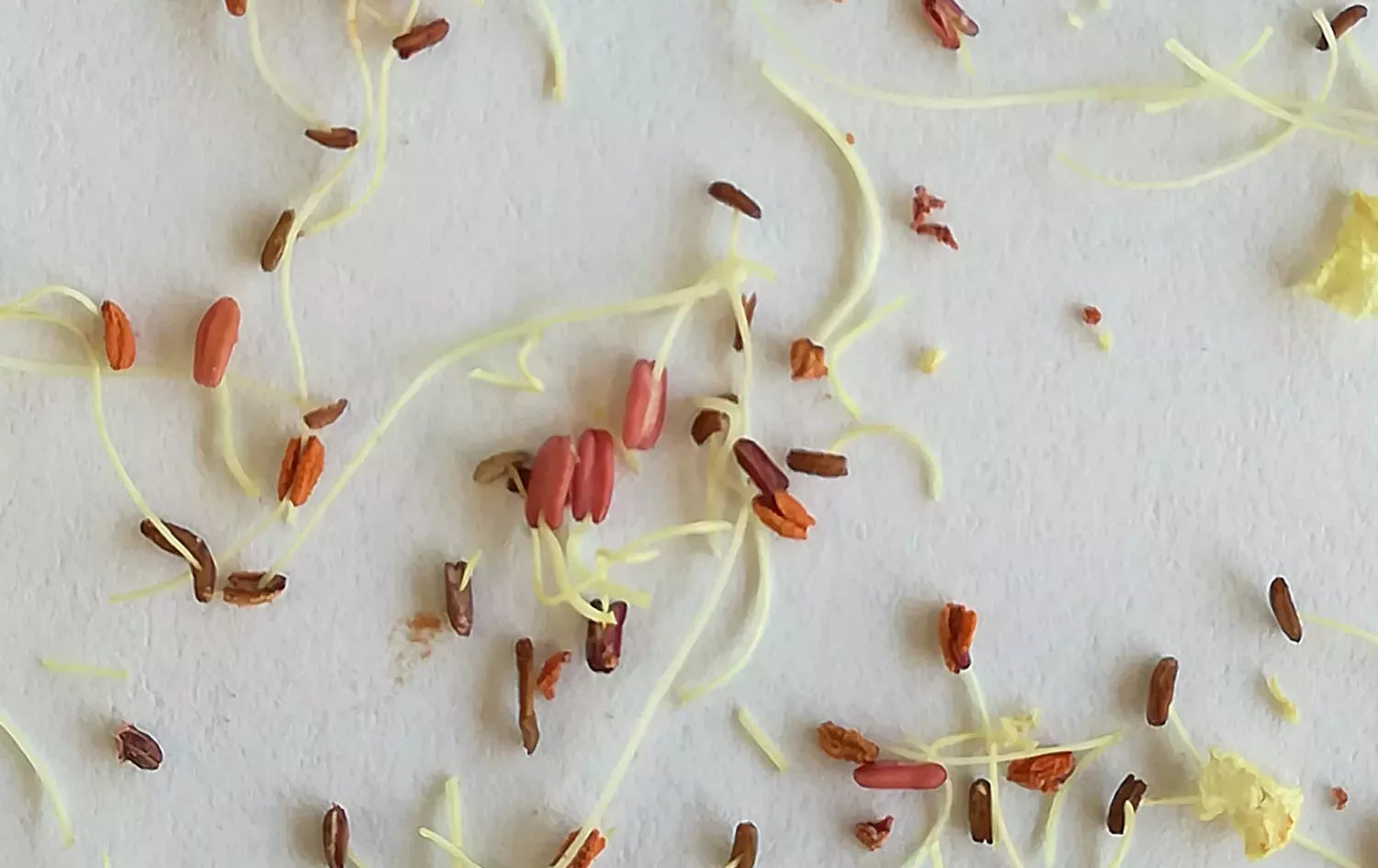
Chestnut blight
Having a broad genetic base of future “fathers” has another immediate application in the case of the plants threatened by diseases.
The American chestnut (Castanea dentata), for example, is highly threatened due to a lethal fungus infestation, known as chestnut blight, that eradicated most of the trees in North America during the first half of the 20th century.
The species produces recalcitrant seeds, but its pollen tolerates drying and can be stored at low temperatures.
Recently, in a project funded by the Institute of Museum and Library Services, pollen of the American chestnut, that had been preserved in liquid nitrogen for 20 years in the ‘Frozen Garden‘ of the Center for Conservation and Research of Endangered Wildlife (CREW) at the Cincinnati Zoo & Botanical Garden, was used to pollinate existing healthy trees and produce new seeds.
Since the trees from which the pollen was obtained have already succumbed to chestnut blight, the process effectively retrieved extinct genotypes of this declining plant species.
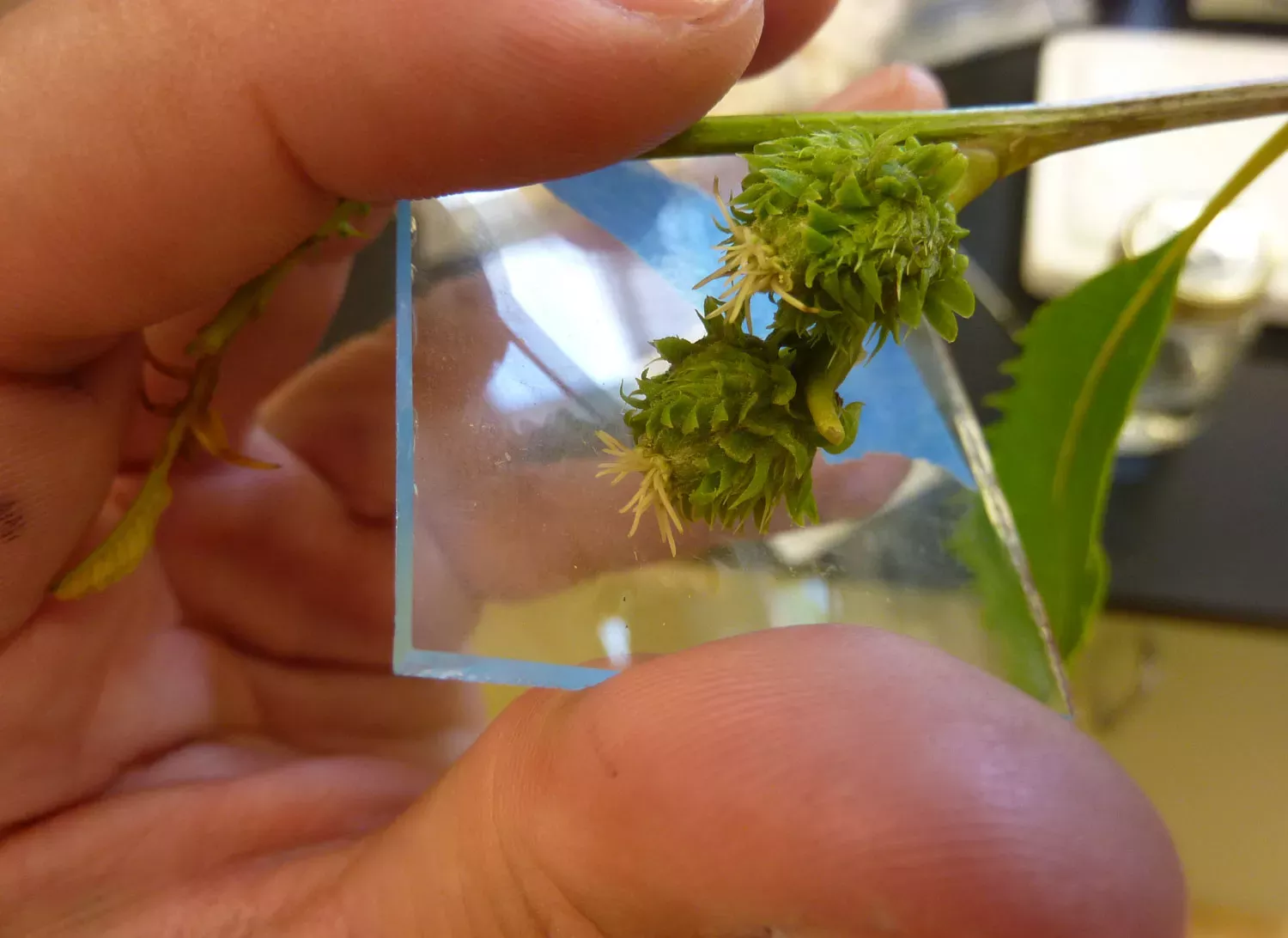

What is pollen?
Pollen is the fertilizing element of seed-bearing plants. It is produced by the anthers of the stamens in flowers of angiosperms or the pollen sacs (microsporophylls) in male cones (in the case of gymnosperms).
It usually consists of individual microscopic grains, of which is a minute body, of varying shape and structure, comprising of one or more vegetative cells and a reproductive cell.
Pollen is transported by wind, water, insects, other animals, or other means, to the female plant parts, where fertilization occurs. Typically, the vegetative cell of the pollen grain forms a tube that grows to meet the ovary in the female structures of the plant.
The reproductive cell divides forming two sperm cells, that will move along the pollen tube until they reach their destination. The nucleus of one of the sperm cells will fuse with the polar bodies of the female structures to produce the endosperm tissues of the seed, and the other with the ovule to produce the seed embryo.
This is known as double fertilization and is typical in angiosperms and some gymnosperms such as conifers.
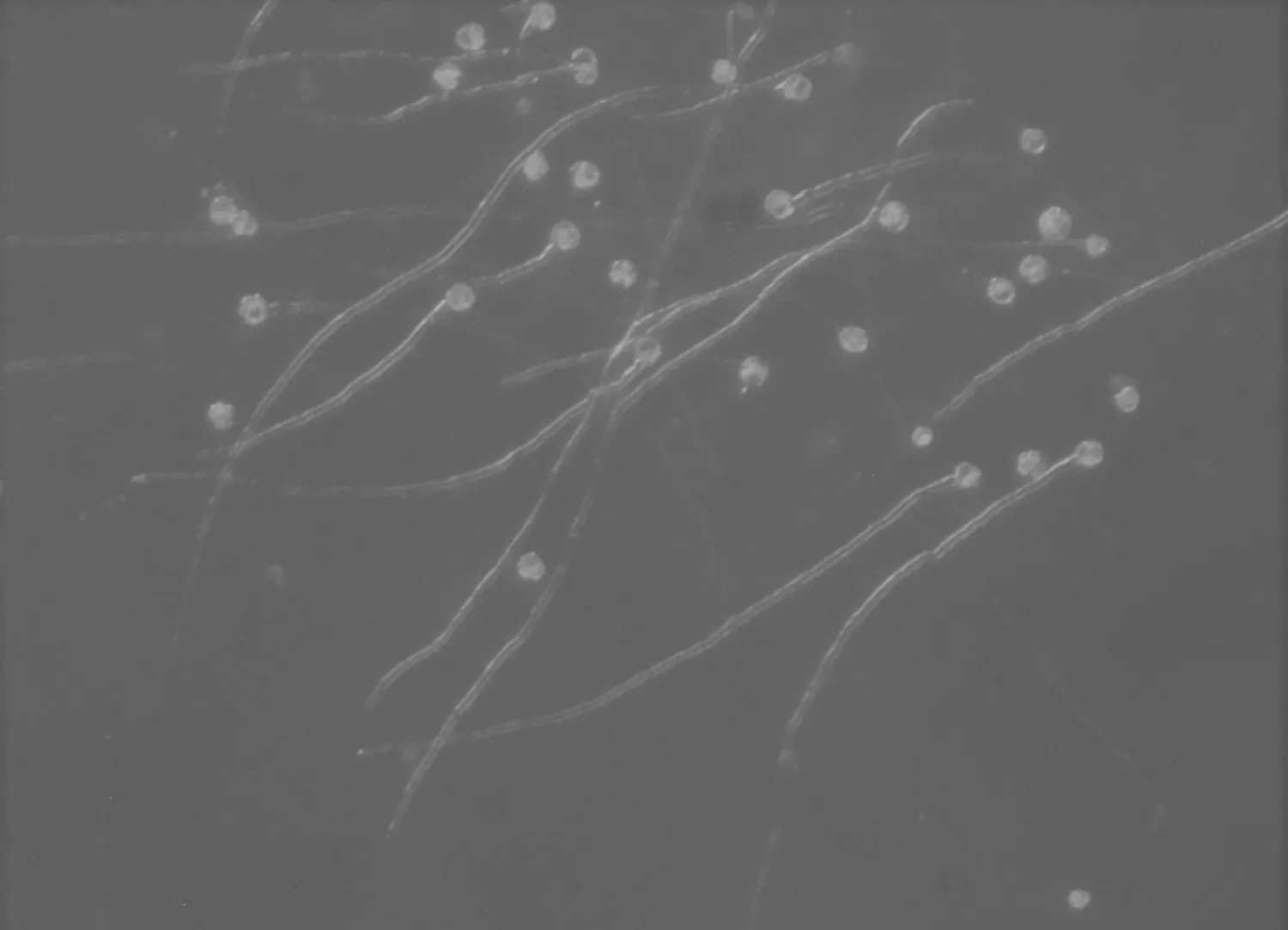
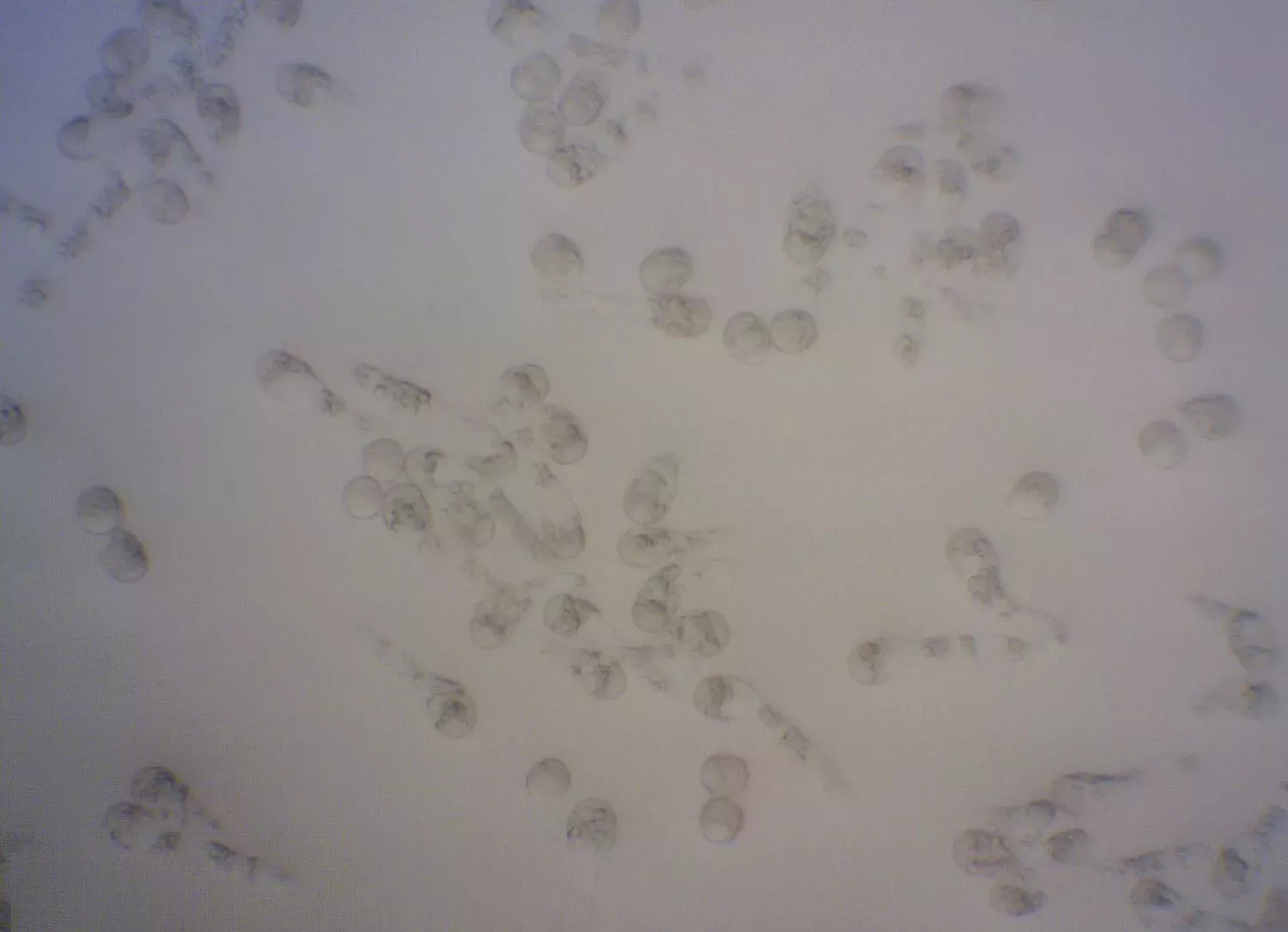
Unravelling the secrets of drying and freezing pollen
Understanding the extent to which pollen can survive drying followed by preservation at extremely low temperatures is essential to the successful development and application of cryobiotechnology.
In addition, understanding the fundamental basis for the variation of pollen tolerance to drying among species can help scientists to determine what drivers and processes underpin global plant diversity.
Recently, researcher Dr. Anna Nebot, from Spain, conducted six months research in the Wellcome Trust Millennium Building with the Comparative Seed Biology team on pollen harvested from trees growing in the gardens at Wakehurst.
She found that many temperate trees produce pollen that is tolerant to drying and liquid nitrogen exposure, including many tree species that produce recalcitrant seeds.
Her findings open an interesting question about why different propagules of some species have varying sensitivities to drying, even though they share the same genome. Current work is focussing on horse chestnuts, hazelnuts and cycads.
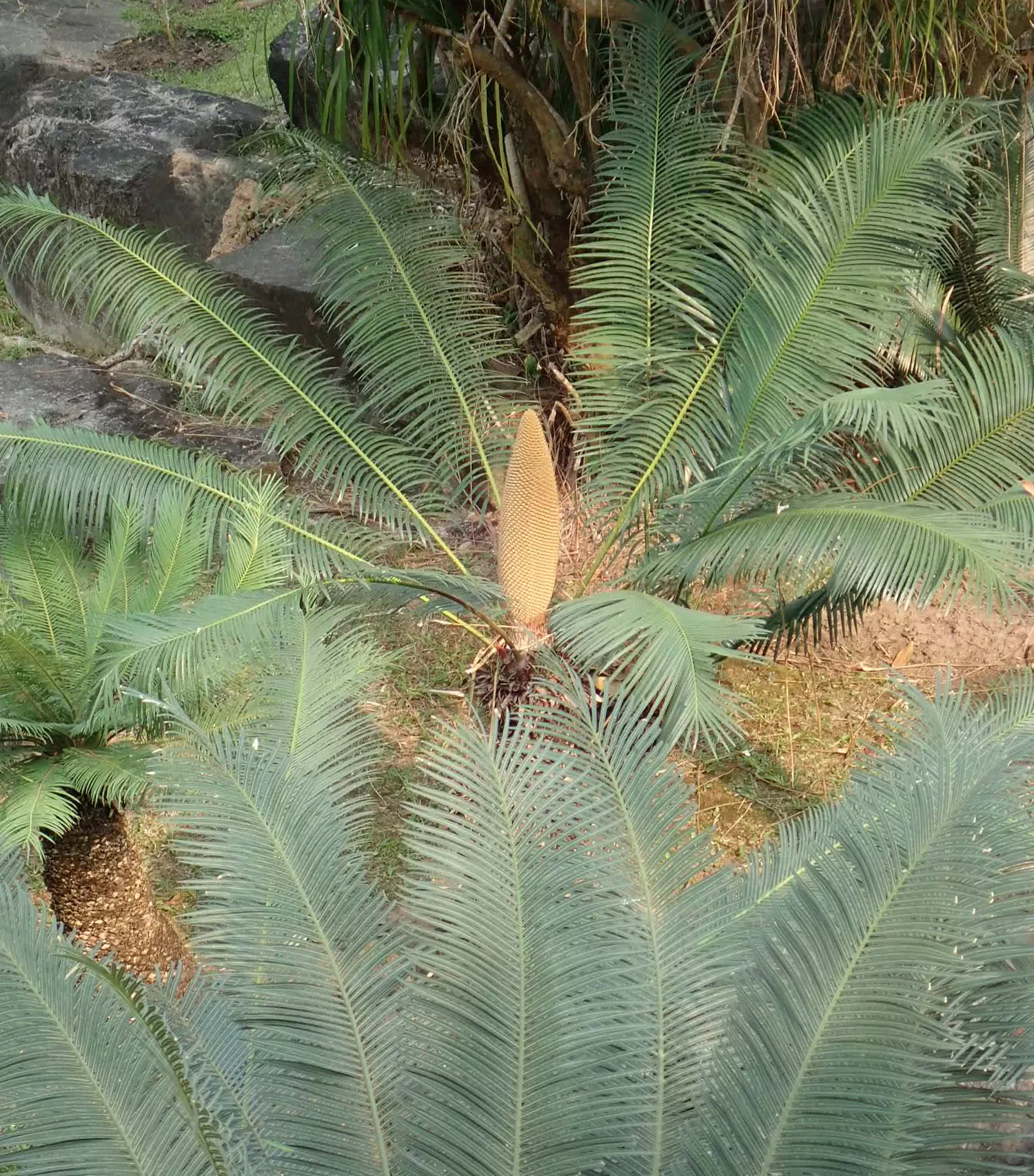
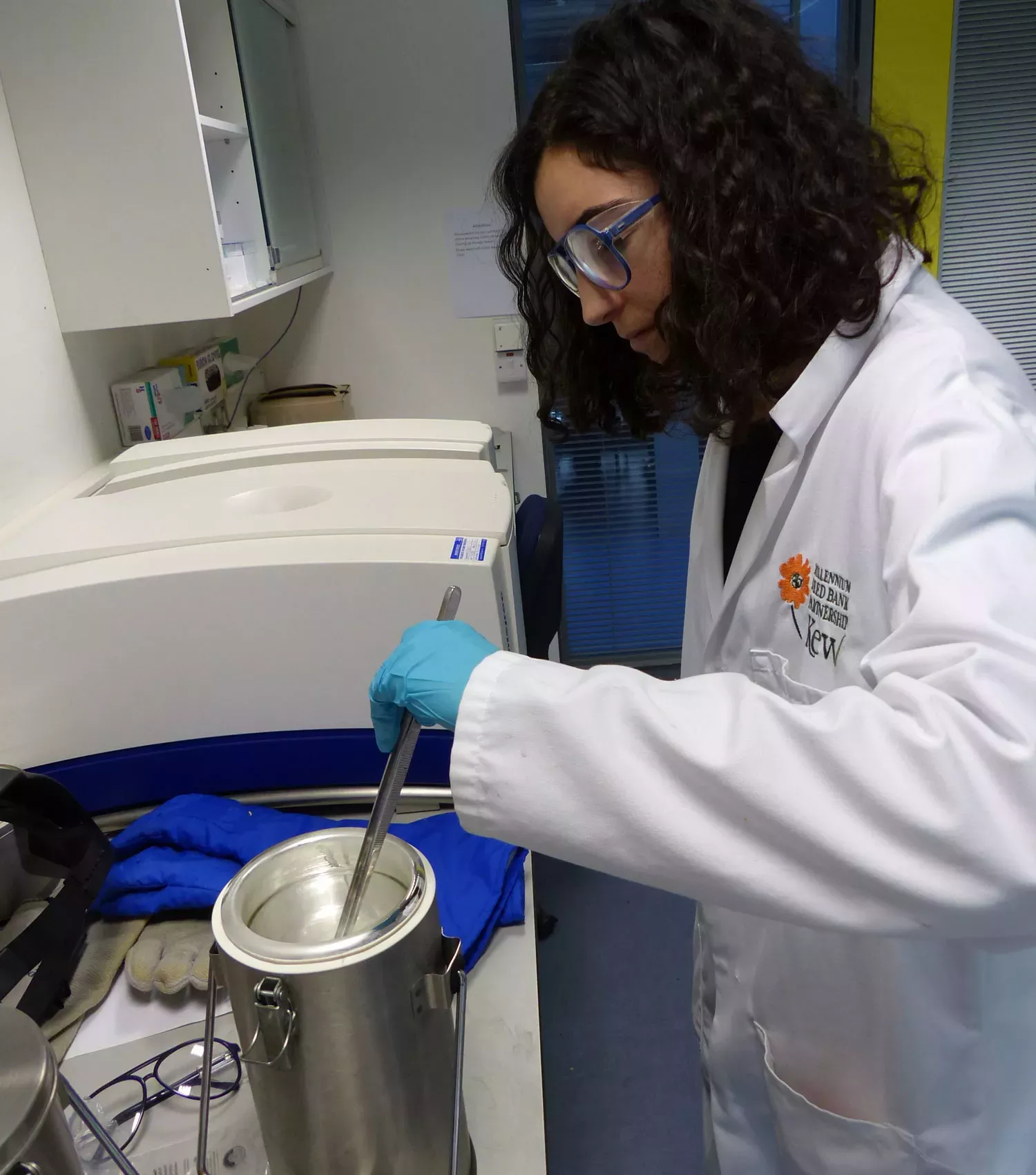
Cycads: the world’s most endangered plants
Cycads, like Kew's oldest pot plant, are thought to have been around when dinosaurs walked the earth.
They are the world’s most endangered group of plants. Around 60 per cent of cycad species are assessed being either as being Critically Endangered (CR), Endangered (EN) or Vulnerable (VU) according to the IUCN Red List.
All cycads are listed under in Appendix I or II of the Convention on International Trade in Endangered Species (CITES), and the call for action to improve their protection is long-standing.
Because cycads are dioecious meaning there are separate male and female plants, creating pollen banks makes a great deal of sense for preservation and to enable germplasm exchange.
Indeed, artificial pollination is already carried out in cycad ex situ collections to ensure the setting of viable seed, since cycads are often pollinated by a species specific pollinator.
Moreover, pollen preservation could reduce the threat from climate change which risks resulting in the production of male and female cones of cycads at different times.
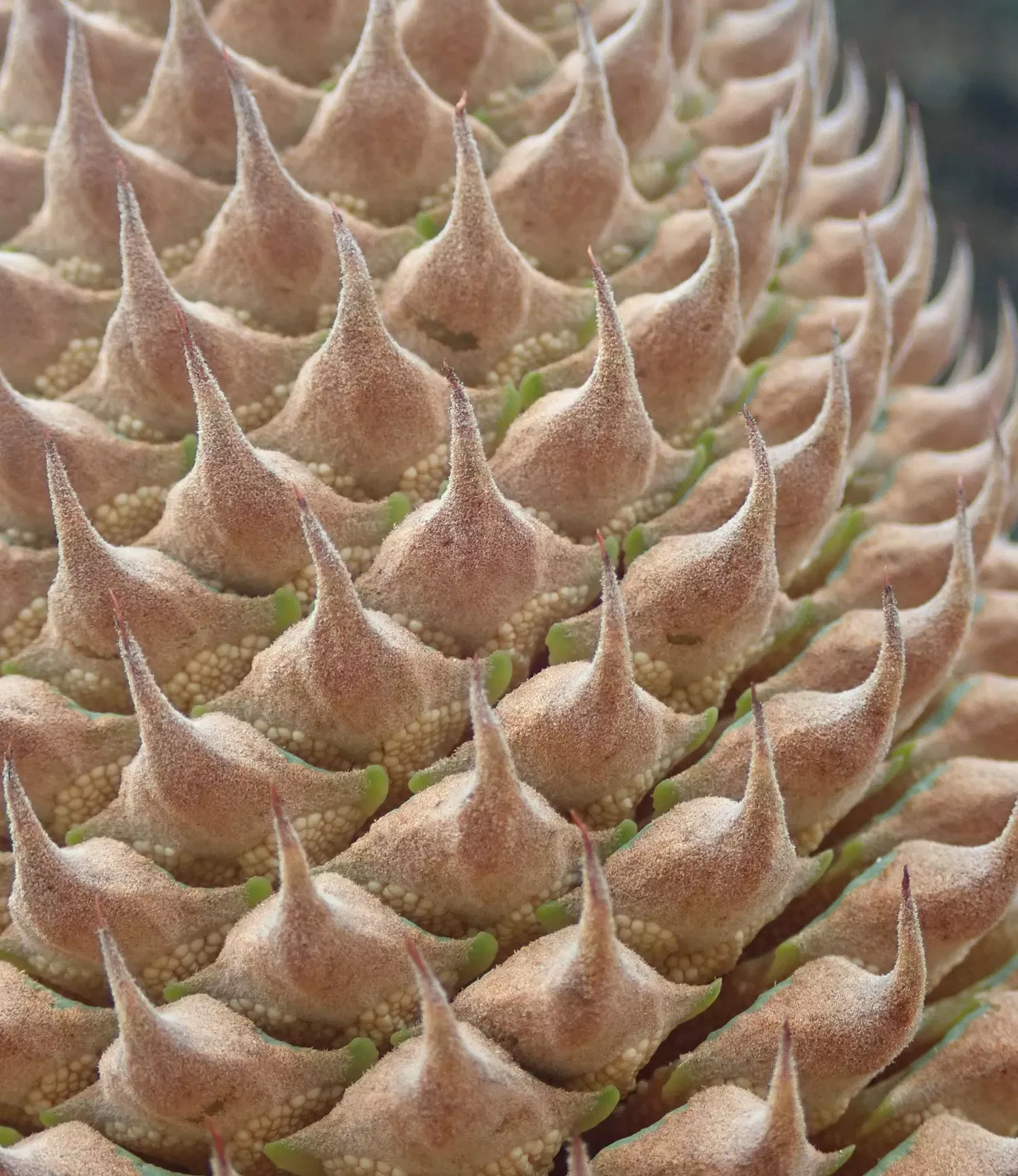
Storing cycad pollen: unearthing the unknown
Currently, little is known about the long term storability of cycad pollen so researchers at Kew are working hard to fill the knowledge gaps.
One of our projects, supported by The Stanley Smith (UK) Horticultural Trust, and in collaboration with Nong Nooch Tropical Botanical Garden and Mahidol University (Thailand), aims to assess whether pollen from a range of cycads (including the genera Cycas, Encephalartos and Zamia) can be stored in the freezer for as long as 17 years.
In another project, supported by the Mhd bin Zayed Species Conservation Fund, pollen quality is being investigated in a critically endangered cycad of Uganda.
Team and collaborators
Prof. Hugh W. Pritchard (Kew, UK)
Dr. Daniel Ballesteros (Kew, UK)
Dr. Anna Nebot (Kew, UK)
Prof. Kanchit Thammasiri (Mahidol University, Bangkok, Thailand)
Dr. Anders Lindstrom (Nong Nooch Tropical Botanical Garden, Thailand)
Dr. Valerie Pence (Cincinnati Zoo and Botanical Garden, USA)
Dr. Laura Georgi (The American Chestnut Foundation, USA)
Dennis Kamoga (JERA, Uganda)


